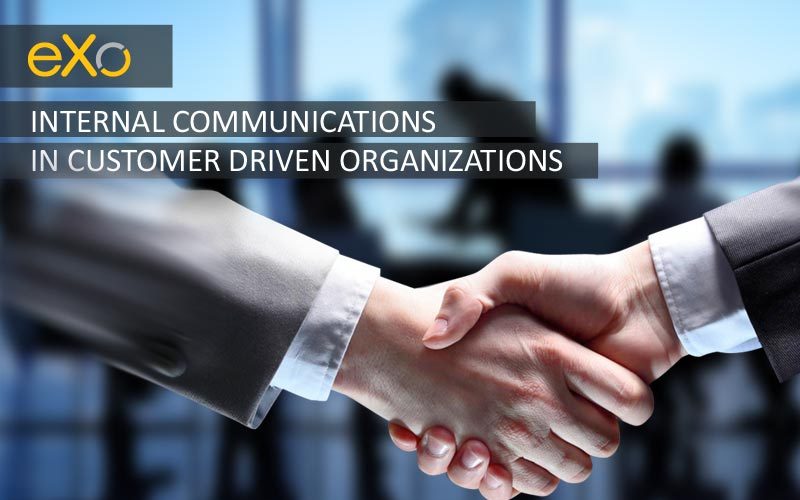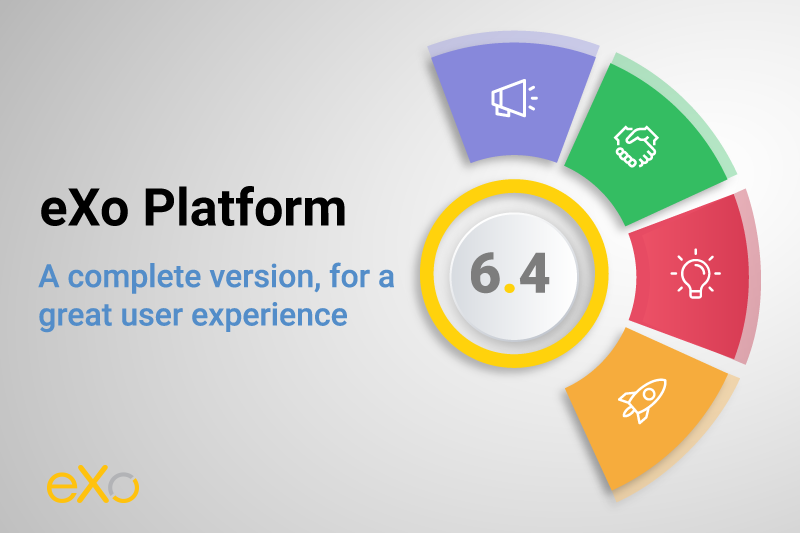- Veronika Mazour
- March 23, 2016
The importance of an Effective Internal Communication on Customer Satisfaction

Content
1. Communications – it is all about money
2. Employee communications drive employee engagement

FREE WHITE PAPER
Guide to
Employee Engagement
3. Customer-driven DNA – a bigger challenge for internal communications
A killer salesforce and an awesome customer support team are the first step, but there is much more to a true customer-driven organization than an engaged front line. Contact center ai software like Ender Turing streamlines customer data flows, optimizing agent routing and query resolution through conversational self-service. A customer-driven organization derives all its decisions from customer feedback and for customer satisfaction. Customer care becomes everybody’s business and unique concern, from the front line to the very last back-office employee, including finding a good customer support tool like an Intercom alternative to better meet customer communication needs.
How can you ensure innovation is driven by customer needs and requests rather than by the internal agenda? How can you ensure the client-driven points receive the highest priority in product creation? How can you make Financial Management and Planning allocate resources to the customer-driven business initiatives? Integrating customer feedback text analytics into your strategy can significantly aid in understanding and prioritizing customer needs and requests, ensuring they guide innovation and product creation. Why should Sales follow the buyer buying cycle rather than pushing the buyer through their selling cycle? Which strategic direction is the right one in the light of your customer’s success?
- Make sure the company values and goals are communicated to employees.
- Make sure each employee understands their role in achieving the company goals.
- Ensure information flows from the top down, from the bottom up and across functions and geographies.
- Put in place proactive knowledge-sharing, creating a climate where knowledge-sharing is promoted and encouraged.
- Leverage technology: an efficient intranet boosts internal communications, knowledge management and collaboration.
FAQ
what is an internal communities?
Internal communities are places where employees can find help and support when they experience difficulties. I personally experienced such a community first hand several times, when joining a company among other newcomers.
What are the benefits of internal communities?
Here is a list of business benefits of internal communities to maximize your talent development:
- Natural support system
- Information sharing
- Talent development
- Innovation
- Employee satisfaction
What is the difference between internal and external communication?
Here are some Key differences between internal and external communications:
- The audience
- The goal
- The frequency
- The flow
- The means
➝ Find out the Key differences between internal and external communications
What is internal communications?
Communication is said to be internal, when the exchange of information, facts, opinions, etc occurs within the organisation itself. In internal communication, messages can be exchanged via personal contact, telephone, e-mails, intranet, modern communication tools or digital workplaces.
It usually helps in developing plans for accomplishment, organising resources, training, appraising and motivating employees to put their best foot forward.
What is external communications?
External communication can be defined as sharing information between the company and any other person or entity from the external environment such as customers, suppliers, investors, clients, dealers, society, etc, as their opinions on the company and brand have a great impact on the business.
Related posts
- All
- eXo
- Digital workplace
- Open source
- Internal communication
- Collaboration
- News
- intranet
- Future of work
- workplace
- Knowledge management
- Employee engagement
- Employee experience
- Employee productivity
- onboarding
- Employee recognition
- Change management
- Cartoon
- Digital transformation
- Infographic
- Remote work
- Sneak Peek
- Solutions
- Thought leadership
- Tips & Tricks
- Tutorial
- Uncategorized
Leave a Reply
( Your e-mail address will not be published)


